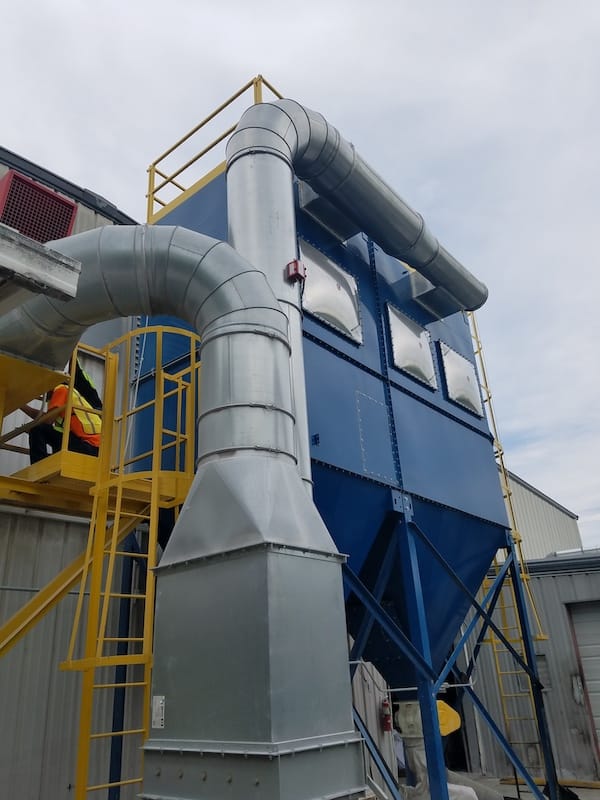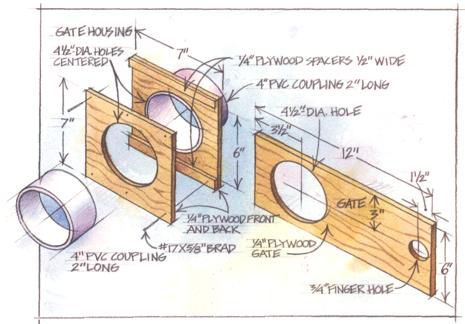Dust Extractor Vs Shop Vac Can Be Fun For Everyone
Wiki Article
The Basic Principles Of Dust Extractor Vs Shop Vac
Table of ContentsAn Unbiased View of Dust Extractor Vs Shop VacUnknown Facts About Dust Extractor Vs Shop VacThe Best Guide To Dust Extractor Vs Shop VacDust Extractor Vs Shop Vac - The FactsDust Extractor Vs Shop Vac Things To Know Before You Get ThisDust Extractor Vs Shop Vac Fundamentals Explained
The difficulties for shop dust collection systems revolve around crystalline silica dust, carbon monoxide gas, and warm, which are harmful mixes. These elements make conference air top quality standards tough and also requiring. When choosing a dirt control system for a foundry, the first consideration is the capability of the device to withstand extreme and also hazardous workplace conditions.Other than the evident problems, the picked equipment has to meet the policies of OSHA, the EPA, as well as the NFPA. To satisfy those requirements, dirt collection systems use shakeout enclosures, collection hoods, thaw, mold and mildew putting, cooling down hoods, and also exhaust heaps. Pleated bag and also cartridge-style collectors have a highly efficient purification system along with a portable size and decreased pressure drop.
Finishing, or thermal spray, applies heated product to steels to coat their surfaces. Dust collection systems for this kind of procedure need to be especially created to fit the kind of finishing being applied. The objective of the system is to regulate as well as reduce overspray and dirt. The typical thermal spray dust control system makes use of air ducts to move air to the collection device.
4 Easy Facts About Dust Extractor Vs Shop Vac Explained
It would certainly seem likely to raise air flow and also movement, this kind of solution may be ineffective and also waste energy. The layout of the booth depends upon the pressure of the air entering the cell or booth. For the majority of systems, it is very important to have a mild vacuum in the cubicle to prevent feasible positive pressure.An additional method is just positioning the make-up air connection on the top of the cubicle. Regardless of the style, it is very important for the cleansing of the air to have cross ventilation. Similar to a cleanroom, air movement in a thermal spray cubicle can be either horizontal or downward, though the down layout is best for dirt collection systems. dust extractor vs shop vac.
The pharmaceutical sector is a highly controlled market with considerable and exact guidelines. Dirt from drugs is created mostly during the production and product packaging of items - dust extractor vs shop vac. Each step of producing a medication, that includes granulating, drying out, blending, pressing, coating, and grinding, produces large amounts of dust that need to be gotten rid of.
Dust Extractor Vs Shop Vac - Truths

HEPA filters are typically discovered in pharmaceutical dust control systems since they are one of the most reliable and also trustworthy. Just like a foundry system, they are installed as a second security to accomplish zero emissions. Recycling generates a fantastic offer of dust as an all-natural result of decreasing items to their raw products.
Dust stems after products are shredded, crushed, or have paint or lacquer removed. All reusing facilities web are called for to follow air top quality standards. As they work to fulfill high quality standards and also control pollutants, they have identified that dust control is a significant problem, resulting in the vast usage of dust collection systems to minimize as well as contain the trouble.
Everything about Dust Extractor Vs Shop Vac
When manufacturers pick a dirt control system, they are advised by producers concerning the sort of system that would best fit their requirements given that purchasing and mounting a dirt control system is a major investment. Particulate issue can be found in a wide range of types, from silicon dirt to timber chips and also sawdust.Below is a list of the types of bits that dirt collection systems can get rid of. Plaster Gypsum requires a high-efficiency baghouse system with the ability of operating at temperatures near 428 F (220 C). Felt Felt is made use of in garments manufacturing and requires dust collection systems at three stages of the procedure.
Sawdust This is the most typical material removed by dust collection systems. Cartridge or baghouse approaches can be made use of, with baghouse being the most efficient.
The 3-Minute Rule for Dust Extractor Vs Shop Vac
Textile filter bags in a cartridge system are the most effective approach for collecting dirt. Dirt collection systems are covered to include the dirt and clean the air.
With the intro of dirt collection systems, workers are much safer and also much more safeguarded. Sugar Sugar dust is the spin-off of the production of sweet.
How Dust Extractor Vs Shop Vac can Save You Time, Stress, and Money.
A baghouse system is the recommended system. Rice Dirt Rice dust has very fine and minute particles that collect throughout the manufacturing of rice-based products. A dirt collection system is needed for the defense and safety of workers. Silica Silica is one of the most common substances in the world. It is a central part of several production operations, such as the manufacturing of glass, ceramic floor tile, concrete, and asphalt.Report this wiki page